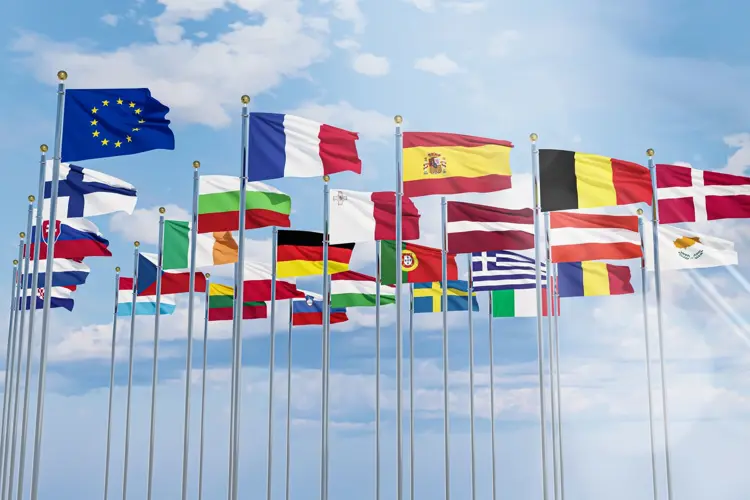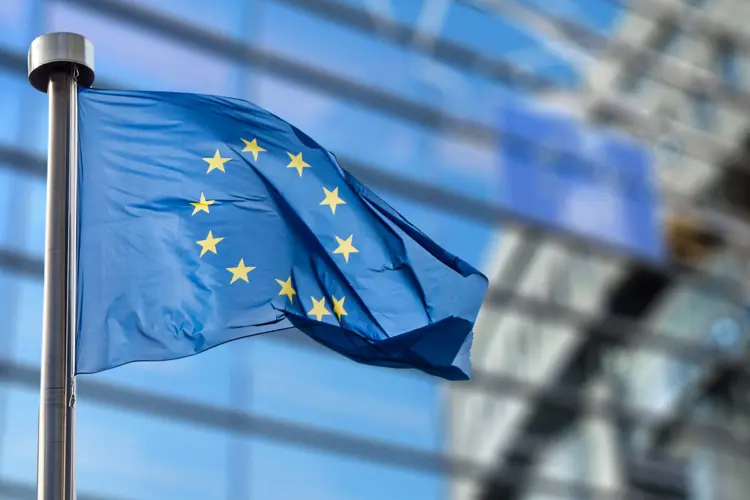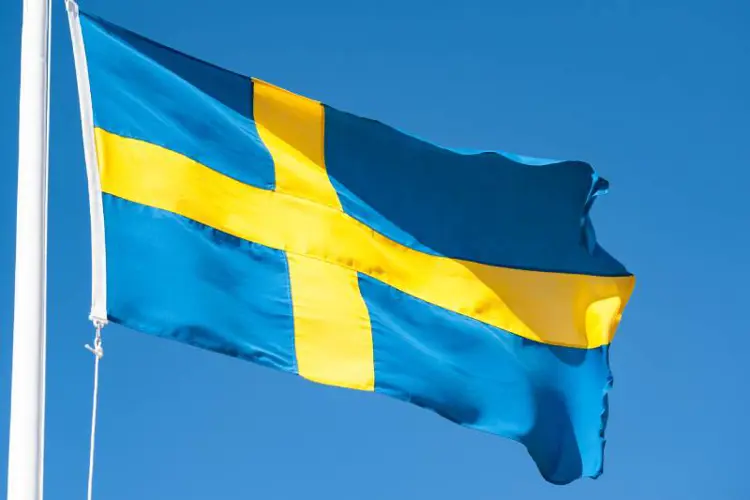On May 21, the outgoing Dutch cabinet (the Council of Ministers) approved the long-threatened flavor ban, despite massive consumer opposition. But vaping advocates say the law, set to take effect July 1, 2022, can still be stopped.
The flavor prohibition must still be approved by the new House of Representatives, many of whom are newly elected and unfamiliar with the issue. If the House declares the issue “controversial,” the decision will be reconsidered by the new cabinet when it is formed.
Using a dedicated website called Smaak Noodzaak (“taste necessity”), Dutch consumer advocates Acvoda and trade organization Esigbond are collaborating to encourage vapers to share their quit-smoking stories with Dutch political parties and members of parliament, both on Twitter and by email. The goal is to have thousands of vaping consumers message the impressionable new representatives while the government is in flux.
“These new MPs can still declare the decision controversial, so that the decision must be picked up by a new cabinet and will no longer be dealt with by the outgoing State Secretary Blokhuis,” says the Smaak Noodzaak site.
State Secretary Paul Blokhuis, the outgoing health minister, announced the flavor ban legislation in June 2020. In December, the government began a public consultation and received a record number of public comments for a health-related law in the Netherlands—almost all of which were in opposition.
In addition to the record-setting number of public comments, vaping advocates presented the government with a petition signed by more than 19,000 consumers and business people opposing the flavor ban. (The Netherlands has a population of just over 17 million. About 400,000 Dutch citizens vape, according to Esigbond.)
The flavor ban was justified by a health ministry-commissioned 2020 study conducted by the Trimbos Institute, a private agency with partial tax-exempt status that collaborates with the World Health Organization and the European Commission.
The Trimbos study used cherry-picked science to back up its conclusion that flavored vaping products attract adolescent users, that vaping is less safe than previously thought, and that “there is increasing evidence that the e-cigarette is a stepping stone to tobacco cigarettes.”
Four other European countries—Denmark, Estonia, Finland and Hungary—currently have flavor bans. Denmark passed its ban last December, but it doesn’t fully take effect until April 1, 2022. No European country has a complete vape ban.
The Freemax REXA PRO and REXA SMART are highly advanced pod vapes, offering seemingly endless features, beautiful touchscreens, and new DUOMAX pods.
The OXVA XLIM Pro 2 DNA is powered by a custom-made Evolv DNA chipset, offering a Replay function and dry hit protection. Read our review to find out more.
The SKE Bar is a 2 mL replaceable pod vape with a 500 mAh battery, a 1.2-ohm mesh coil, and 35 flavors to choose from in 2% nicotine.
Because of declining cigarette sales, state governments in the U.S. and countries around the world are looking to vapor products as a new source of tax revenue.
The legal age to buy e-cigarettes and other vaping products varies around the world. The United States recently changed the legal minimum sales age to 21.
A list of vaping product flavor bans and online sales bans in the United States, and sales and possession bans in other countries.

















